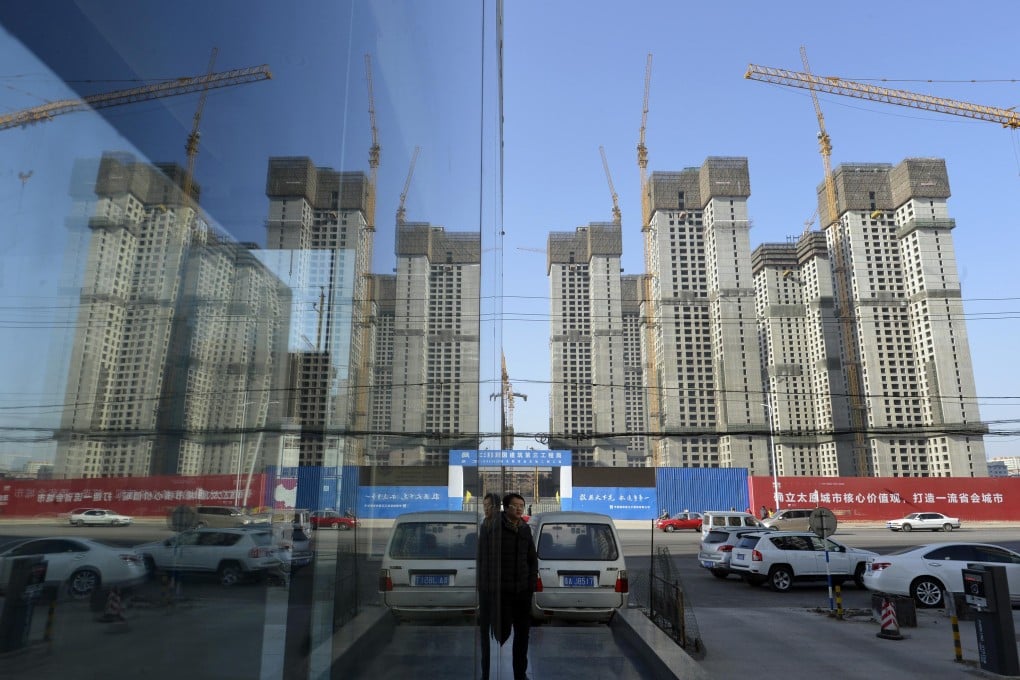China's 'new normal' is here to stay
Thomas Deng says China's supply-side adjustments signal a resolve to transform growth model

It seems clear that the current slowdown in China's growth rate is fundamentally different from the cyclical episodes in recent decades: the economy is likely to be morphing into a "new normal" period.
This can be explained and defined by both the supply-side model, where growth is a function of capital, labour and total factor productivity, as well as the demand-side factors, where growth is driven by investment, consumption and net exports.
From the supply side, China's demographic dividend passed the inflection point in 2012, after which the gradual decline of the working-age population and rising dependency ratio could have far-reaching effects on key growth determinants, including labour supply, savings rate, the marginal return on capital, and total factor productivity.
China's working-age population shrank for the first time - by 3.45 million, to 937 million - in 2012 from a year earlier, and has continued to fall.
It may not be a coincidence that growth in gross domestic product dropped to below 8 per cent in 2012. China's total factor productivity, which includes technical efficiency and institutional and managerial innovation, has played a critical role in growth over the past 30 years. This has largely been through labour migration from agricultural regions to higher-value-added secondary and tertiary sectors, and the "late-mover advantage" in terms of its technology learning curve.
However, a great deal of this low-hanging fruit has been picked - the labour surplus is dissipating and the technology gap between China and the developed world has narrowed - suggesting a slower pace of productivity gains in future.
Similar arguments apply to institutional and managerial innovation: the productivity gains driven by the enhanced protection of property rights, the rise of the private sector, reform of state-owned enterprises, entry into the World Trade Organisation and the resultant gains in global trade, are likely to slow after a three-decade boom.